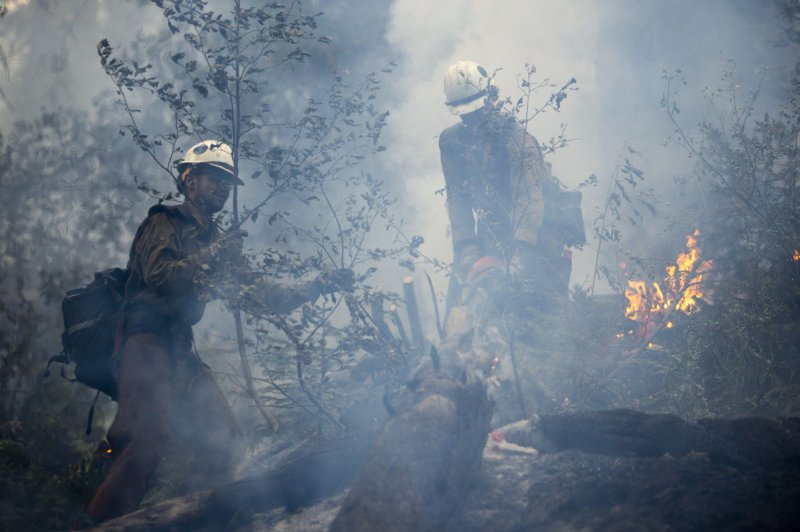Afghan director once in Cannes spotlight now in Taliban's shadow


Afghan film director Salim Shaheen was in the spotlight at Cannes, but now he spends his days confined to his home (AFP/AREF KARIMI)
Fri, December 10, 2021
Four years ago, Afghan film director Salim Shaheen was in the spotlight at Cannes, but now he spends his days confined to his home, afraid of the new Taliban regime and their clampdown on arts and music.
Prolific and exuberant, Shaheen often speaks in the third person or as the on-screen personas developed in his 125 ultra-low-budget films.
A mention of his moment in the Cannes limelight elicits particular rapture.
"It was the most beautiful day of my life!" Shaheen cries out from his home in Kabul.
"All the French knew me. They were shouting: 'Shaheen! Shaheen!'"
The film presented at Cannes was a documentary called "The Prince of Nothingwood," produced by journalist Sonia Kronlund, which followed Shaheen as he made his 111th film.
The 56-year-old still savours the memory of the minutes-long standing ovation he received after the documentary's press screening at Cannes.
But all that now seems very far away, and though he has not received any direct threats from the Taliban, he now lives in fear of the hardline Islamists who returned to power in mid-August after a two-decade insurgency.
"I'm afraid," he admits, momentarily ditching his theatrical persona.
"I'm no ordinary guy going out onto the streets. I am Salim Shaheen."
Shaheen fled to Pakistan during the Taliban's first brutal regime of 1996 to 2001, when cinema and television were banned and the arts severely restricted.
Afghanistan's new government has pledged a softer rule this time round -- television has so far been permitted but with heavy restrictions on content, while the country's few cinemas have mostly closed because of the worsening financial crisis.
But restrictions on dancing, playing music and singing have been imposed variably across provinces.
- 'Cinema has died in Afghanistan' -
When the Taliban rolled unopposed into Kabul on August 15 during the collapse of the Western-backed regime, Shaheen burned dozens of posters of his films, keeping only two in an otherwise bare room.
He tried to leave the country later that month and he says he was on a list of people accepted by France.
"I was meant to leave the day of the explosion at the airport," says Shaheen, referring to an August 26 suicide bombing by an Islamic State group affiliate that killed more than one hundred people.
He was in a vehicle at the airport when the explosion took place, and "we received a message telling us to get out of the area," he explains.
He has since closeted himself away at home, along with 12 other family members who were also meant to be evacuated.
"All the actors and actresses from my films are currently in France... I want to go to somewhere I can resume my art and cinema," he says.
His films focus on social issues including violence against women, crime, and drugs – topics not to the Taliban's taste.
Taking inspiration from Bollywood, he flirts with all the main genres -- drama, comedy, police action -- while song and dance are also integral features.
His exaggerated style isn't always appreciated by educated Afghans, but he is very popular among ordinary folk -- many in Kabul break into a smile at the mere mention of his name.
The Taliban's Ministry for the Promotion of Virtue and Prevention of Vice has made it clear that films that it says go against Islamic and Afghan culture are not permitted.
In mid-November, it also issued a religious directive urging Afghan television channels to stop broadcasting dramas featuring women.
A ministry spokesman told AFP he was not familiar with Shaheen or his work.
The filmmaker has just finished editing his last three projects, but doesn't know if they will ever reach the public.
"Cinema has died in Afghanistan -- and Salim Shaheen has died too with that!"
ctx/cyb/dwo/ecl/oho



















